Aratiles Tree
- November 8, 2024
- 0 comment
The Aratiles tree, scientifically known as Muntingia calabura, is a small yet highly valued tree that holds an essential place in the ecosystems of tropical and subtropical regions. Not only does it contribute to local biodiversity, but it also provides numerous benefits to the environment and communities that rely on it. Known for its fast growth and abundant fruit, the Aratiles tree is celebrated for its role in supporting wildlife and enhancing soil health.
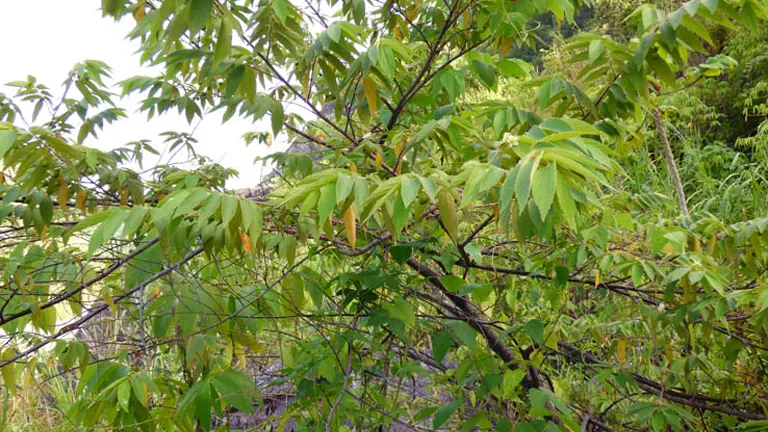
This tree holds ecological significance due to its role in supporting biodiversity and providing food and shelter for various wildlife. Often overlooked, the Aratiles tree is essential for maintaining environmental balance, especially in areas prone to erosion.
What Is an Aratiles Tree?
The Aratiles tree (Muntingia calabura) belongs to the Muntingiaceae family and is widely recognized for its unique characteristics. This small to medium-sized tree is native to Central and South America but has become naturalized in many tropical regions across the world. The tree can grow up to 7-12 meters tall and is often found thriving in various environments due to its adaptability.
| Specification | Details |
|---|---|
| Scientific Name | Muntingia calabura |
| Common Names | Aratiles, Jamaican Cherry, Panama Berry |
| Family | Muntingiaceae |
| Native Range | Central and South America |
| Tree Height | Up to 12 meters (40 feet) |
| Bark | Smooth, light brown to grey |
| Leaves | Oblong, serrated edges; approximately 5-15 cm |
| Flowers | Small, white, star-shaped |
| Fruit | Small, round, red or yellow berries |
| Seed Dispersal | By birds, animals, and wind |
| Preferred Climate | Tropical to subtropical climates |
| Soil Type | Well-drained sandy or loamy soils |
| Ecological Role | Food source for wildlife, quick-growing shade |
| Traditional Uses | Edible fruit, traditional medicine |
| Conservation Status | Not endangered, widely cultivated |
| Flowering Period | Throughout the year, in warm climates |
| Root System | Shallow and spreading |
Characteristics of the Aratiles Tree:
- Leaves: The leaves of the Aratiles tree are simple, alternate, and oval-shaped, with a slightly serrated margin. They are light green and covered with fine hairs.
- Flowers: The tree produces small, white, star-shaped flowers with five delicate petals. These flowers bloom year-round and are mildly fragrant, attracting pollinators like bees and butterflies.
- Bark: The bark of the Aratiles tree is relatively thin and smooth, typically gray or light brown in color.
- Fruit: The tree’s fruit, also called “aratiles,” is round, bright red to yellow when ripe, and has a sweet, juicy flavor. It is a popular snack among children in many regions and is rich in antioxidants.
Interesting Fact: The Aratiles tree is known for its quick growth and short lifespan, making it a pioneer species that can rapidly colonize disturbed land and contribute to ecological restoration.
Aratiles Tree Species
The Aratiles tree (Muntingia calabura), also known as the Jamaican cherry, is a single species with variations influenced by regional growth:
Common Aratiles (Muntingia Calabura)
A fast-growing tropical tree with small, sweet, red or yellow berries. The fruit is eaten fresh and used in jams and drinks.
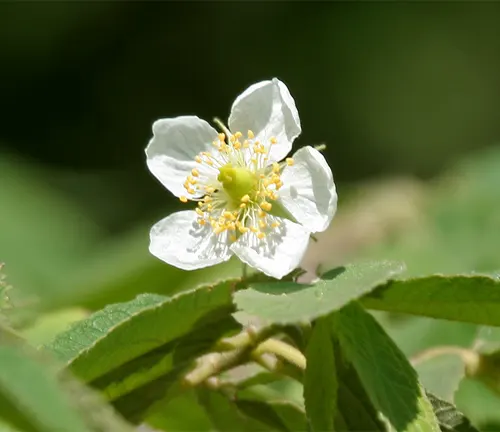
Key Points on Species:
- Size and Appearance: Aratiles trees can range from small shrubs to medium-sized trees, depending on growing conditions.
- Habitat Variations: This tree thrives in tropical climates but adapts well to urban environments, making it a common sight in city gardens and roadsides.
- Ecological Role: It plays a critical part in stabilizing soil and providing food for birds and small mammals, contributing to the local ecosystem’s biodiversity.
Where Do Aratiles Trees Grow?
Aratiles trees are primarily found in tropical and subtropical climates. They thrive in areas with abundant sunlight and are commonly seen in open fields, roadsides, and vacant lots. Their geographical distribution extends across Central America, South America, Southeast Asia, and parts of the Indian subcontinent.
The tree is well-suited to grow in poor, sandy soils and can even withstand drought conditions for extended periods. Its roots play a significant role in soil stabilization, helping prevent erosion and contributing to land reclamation.
How to Grow and Care for Aratiles Tree
Growing an Aratiles tree at home or in community gardens is relatively simple due to its hardy nature.
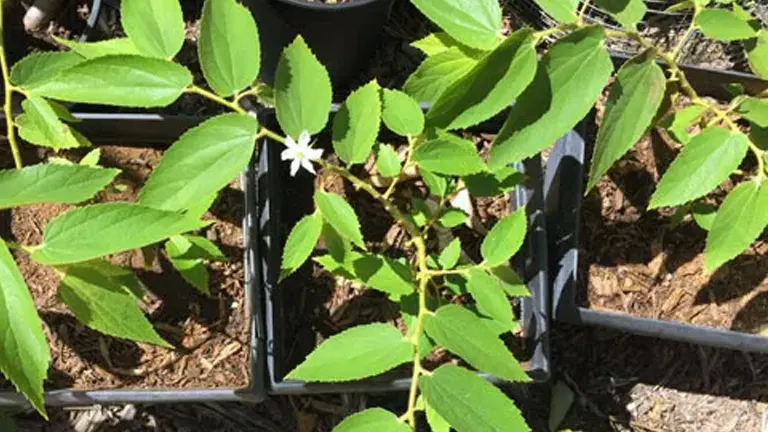
Planting Tips:
- Soil: The Aratiles tree prefers well-draining, sandy, or loamy soil. It can thrive in soils with low fertility, although it benefits from the occasional addition of compost or organic matter.
- Sunlight: Full sun exposure is ideal for healthy growth. The tree should receive at least 6-8 hours of direct sunlight daily.
- Watering: While the Aratiles tree can tolerate drought, regular watering during dry periods helps ensure vigorous growth.
Ecological Benefits of Aratiles Tree
The Aratiles tree provides multiple ecological benefits. By anchoring soil with its root system, it helps prevent soil erosion and improves soil fertility through leaf litter decomposition. Its flowers attract pollinators such as bees, playing a vital role in the pollination cycle.
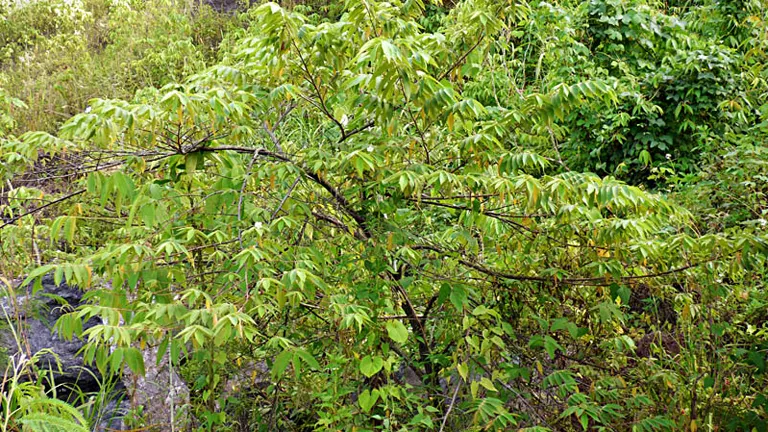
Contributions to Biodiversity:
- Food Source: The fruit is a source of nourishment for birds, bats, and other small mammals.
- Habitat: The tree’s foliage offers shelter for various insects and birds.
Aratiles Tree Flowering and Pollination
The Aratiles tree blooms year-round, producing small, white flowers with a mild fragrance. These blooms are particularly attractive to pollinators, including bees and butterflies, which helps in maintaining a robust ecosystem.
Pollination occurs mainly through insects, although birds and wind may also play a role. The constant flowering and fruiting cycle ensure a steady food supply for wildlife throughout the year.
Is Aratiles Tree Drought-Tolerant?: Growing in Arid Climates
The Aratiles tree exhibits moderate drought tolerance once fully established. Its deep-rooting system allows it to access underground water, making it resilient during periods of low rainfall. However, younger trees require consistent moisture to thrive.
For areas with limited water supply, mulching around the base of the tree helps retain soil moisture. Watering deeply but less frequently encourages root growth and increases drought resistance.
Aratiles Tree and Wildlife Interactions
The Aratiles tree is essential to local wildlife, serving as a food and shelter source. Birds often nest in its branches, while fruit bats and squirrels rely on its berries. This mutual relationship ensures the tree’s seeds are spread over wide areas, aiding natural reforestation.
The continuous flowering provides a stable nectar source for bees, butterflies, and other insects, which helps sustain local pollinator populations critical for other plant species’ pollination.
Final Thoughts
The Aratiles tree (Muntingia calabura) stands as an important part of ecosystems where it grows. From enriching soil health to supporting local wildlife, its contributions to ecological balance are invaluable. Beyond its practical benefits, this tree holds cultural significance in many regions, often being a source of fond childhood memories and homegrown remedies. Preserving and promoting the growth of Aratiles trees can play a role in biodiversity conservation and sustainable environmental practices.
Frequently Asked Questions (FAQs)
- What is the Aratiles tree?
The Aratiles tree (Muntingia calabura) is a fast-growing tropical tree known for its small, sweet fruits. - Where is the Aratiles tree native to?
It is native to Central and South America but is now widespread in tropical regions, including Asia. - What do Aratiles fruits look like?
The fruits are small, round, and range from yellow to red when ripe. - What does the fruit taste like?
The fruit has a sweet flavor, often compared to cotton candy or a mix of strawberry and fig. - Are there different types of Aratiles trees?
There is only one species, but local variants may have slight differences in fruit size or sweetness due to environmental factors. - How are Aratiles fruits used?
They are eaten fresh or used in jams, drinks, and traditional medicine.



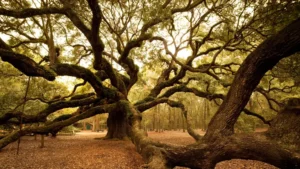
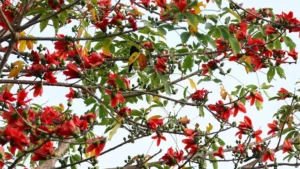

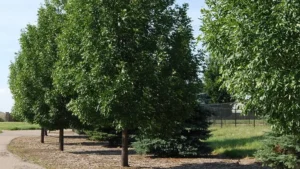

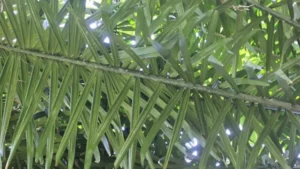





Leave your comment